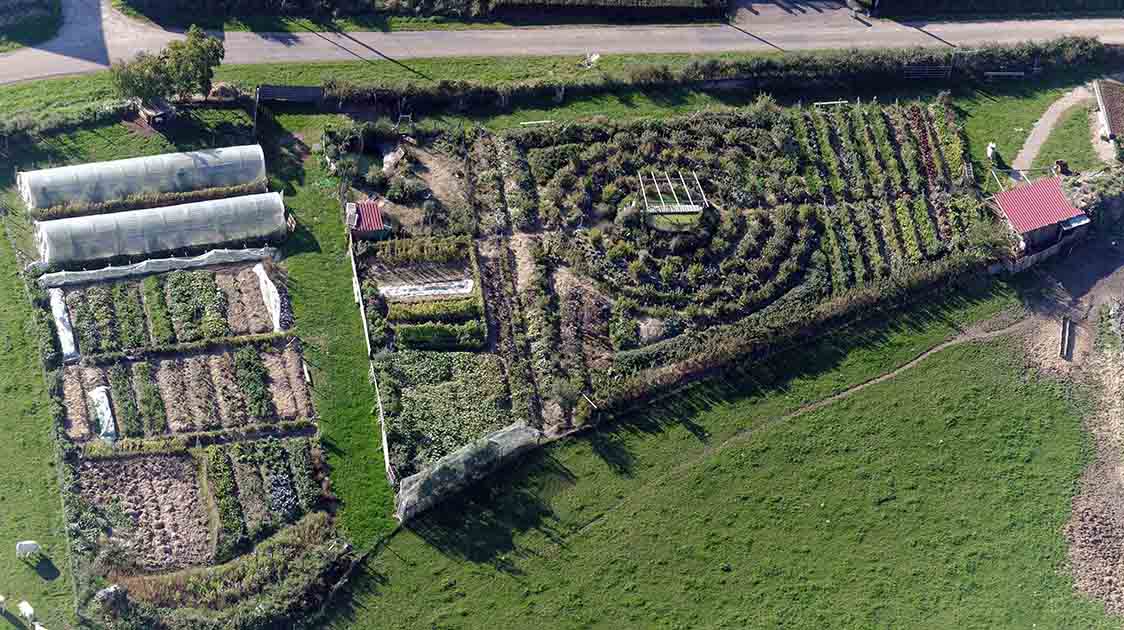
The term “permaculture” is a contraction of “permanent culture” that was first coined by Australians Bill Mollison and David Holmgren in 1978.
In more recent times, permaculture and more sustainable production systems in general are growing exponentially. For many, it is a life philosophy that they live fully. Some even make a living from a permaculture garden.
There are many very good resources online for those who want to delve deeper into this topic, but what did catch our attention at Bios Urn ® is the synergy of quite a few of their principles with ours and it made us want to learn more.
What is permaculture?
It is a system of agricultural, social, political and economic design principles, whose philosophy is to work in favor of nature.
It is a sustainable design method that harmoniously integrates housing and landscape, reusing materials and producing less waste, while conserving natural resources.
Permaculture is based on several sciences that seek to satisfy human needs without destroying, polluting or depleting natural resources.
It groups the different elements that make up the system as part of a whole, using systems based on the observation of environmental patterns.
What are the key principles?
Permaculture has three guiding ethics; Earth Care, People Care and Fair Share — or at least this is how they’ve become popularised over time.
There are the 3 principles that serve as general guidelines to orient oneself within the enormous natural and social complexity when developing a sustainable permaculture system. They form the basis of the permaculture design and are in fact also found in most traditional societies.
Founders Holmgren and Mollison go deeper and define key sub-principles which include not producing waste and managing, the use of biological resources and responding creatively to change.
All essentially aim at working with nature, not against it in every single area of life.
The permaculture flower
As explained above, the permaculture trajectory begins with Ethics and Design principles. In addition, it moves through 7 key stages to create a sustainable future that are visually illustrated in what is called the permaculture flower below.
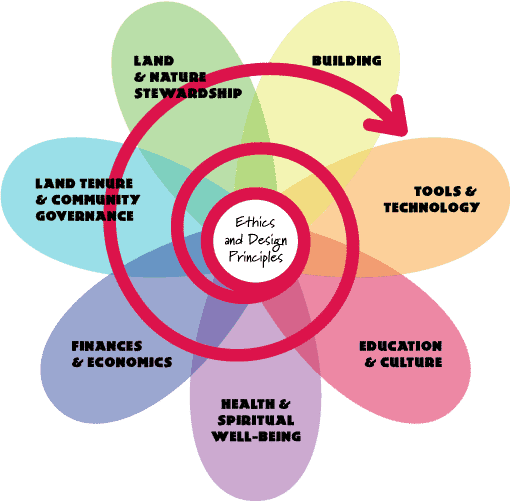
It is based on a system as a whole, based on the observation of environmental patterns which could take society sustainably into the future.
You may have a local permaculture garden you can visit or buy produce from. You could even think about creating your own one day if this speaks to you. A permaculture garden can be created overtime within the smallest of outdoor spaces. In fact, one of the sub-principles is to start small.
Permaculture and death
Permaculture design offers us many answers to how we can improve an experience we all face, and which connects every living being and system on our beautiful planet: death.
Opening up conversations, exploring fears, empowering ourselves with knowledge and support and then making documented plans are all very real ways of ensuring we work towards Earth Care, People Care and Fair Share as we die.
Growing trees from human ash with a Bios Urn is one of the burial alternatives looking at ways of increasing Earth Care with relation to what happens to our bodies after we die.
Hopefully this will engage a much bigger conversation on the role of tree urns in permaculture.
What do you think of the concept of permaculture? Is it the first time you come across it? We would love to hear from you in the Comments section below!
To keep up to date with all the latest Bios Urn ® news and stories, you can follow us on Facebook, Instagram, Twitter, Pinterest and YouTube!
Join our mailing list to keep you updated of all Bios® news and get a 10% Discount!
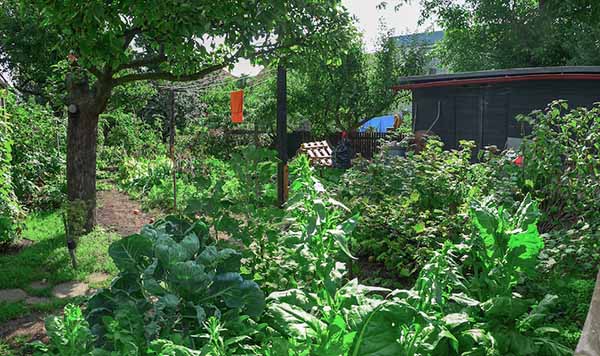
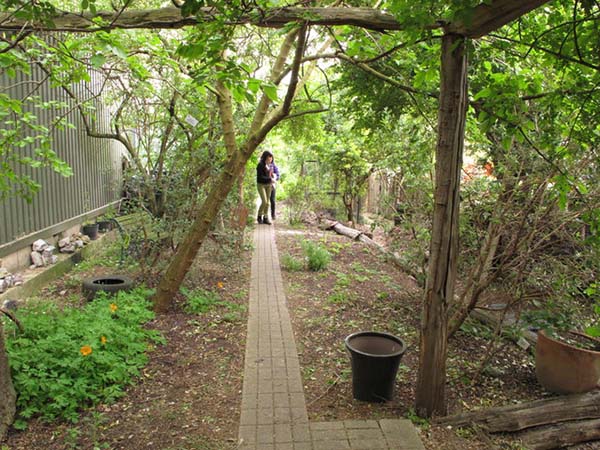

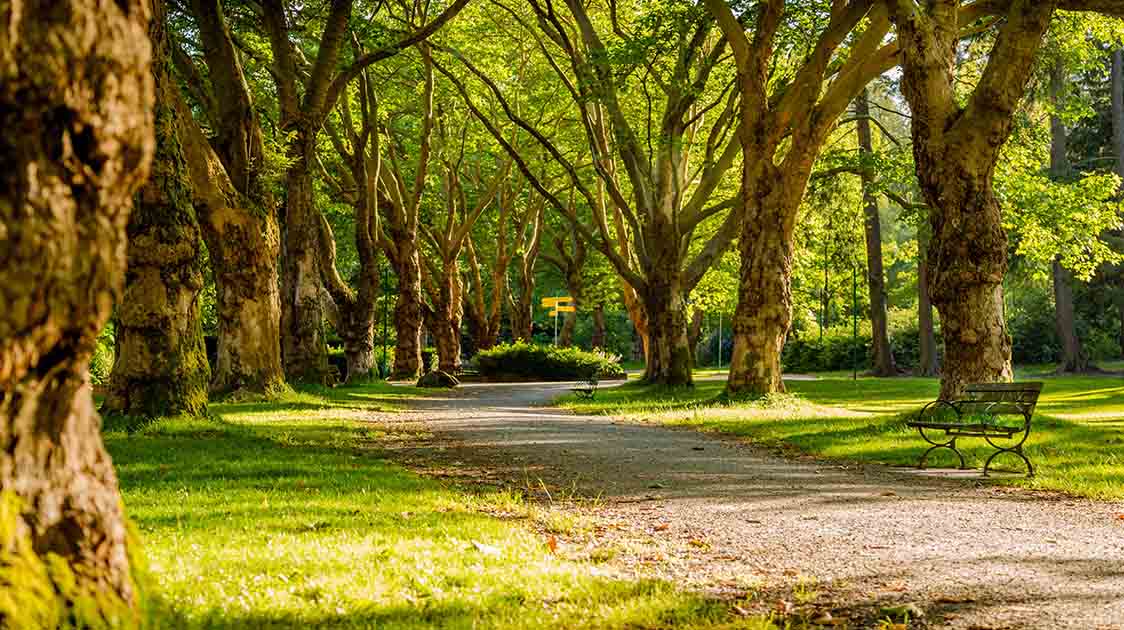

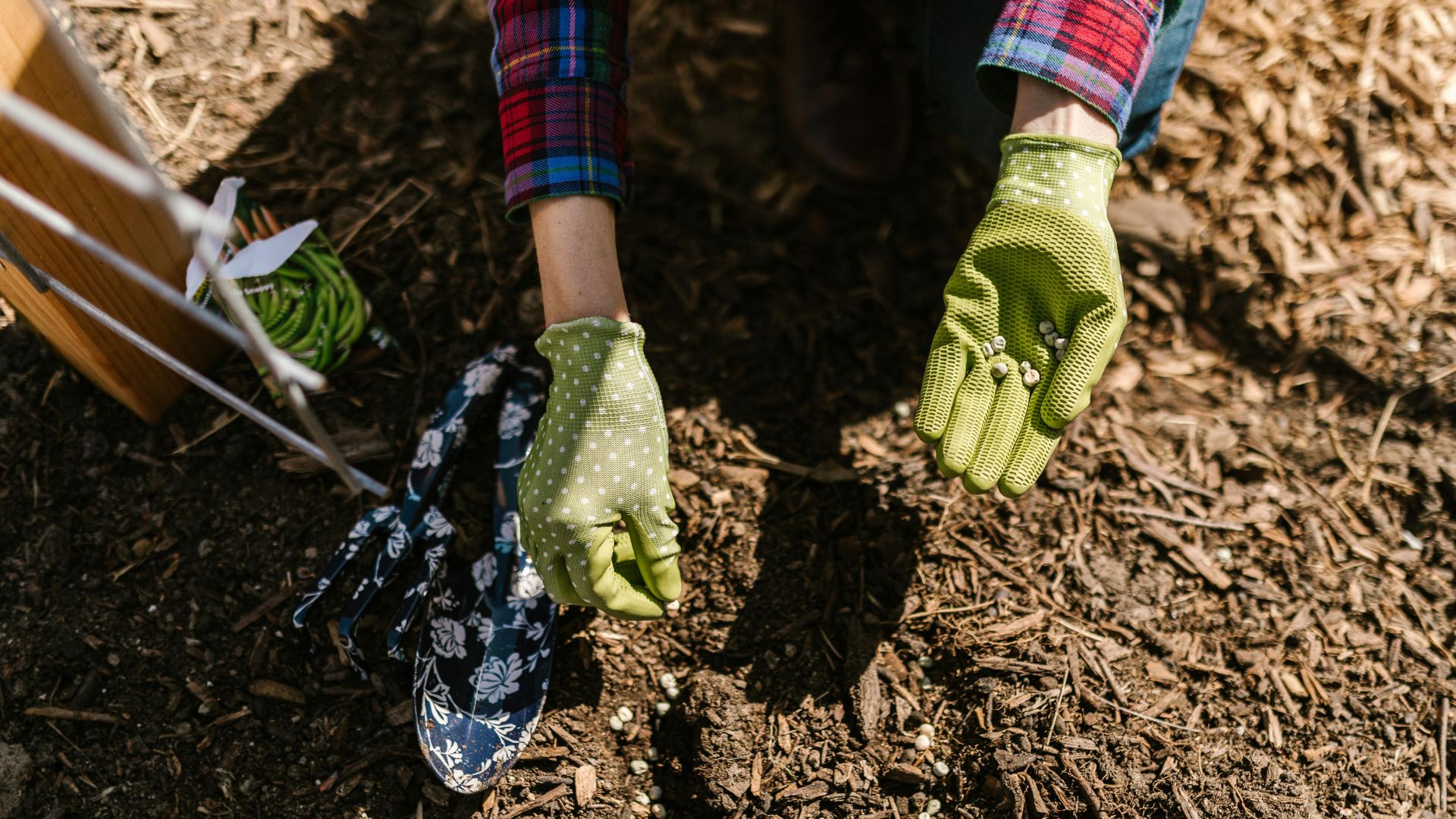



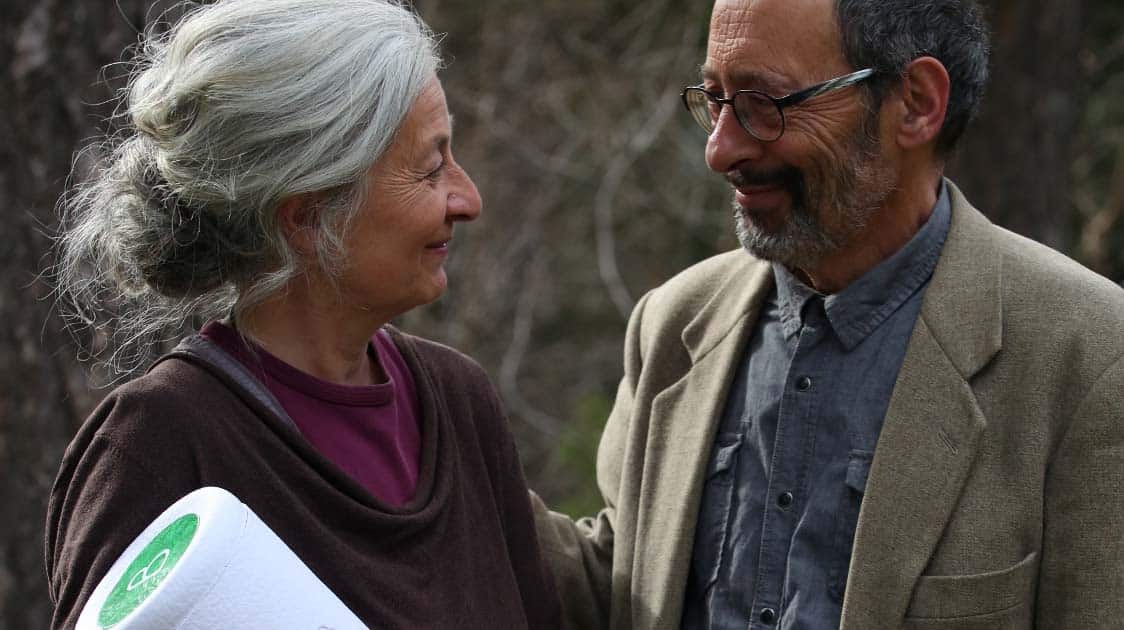
I have never heard of this before.
At the moment I would have no
way of attempting this myself I
have no personal space to do this
in, maybe in the future.
Bios Urns would seem to go
along with this idea depending on
the size and scale of the project.
There would be a need for
commercial sized projects for
people without land of their own,
obviously with an accommodation
for the growth of trees, plants from
the urns.
It is a very exciting idea and it would be wonderful if there was
a worldwide movement.
Thank you so much Janet for taking the time to write. Indeed, it is a movement that is growing quite quickly of late and some will be fortunate to have a permaculture garden not too far from them to visit or to buy produce from. We hope that there will be more and more public funding for spaces like these, along with natural burial grounds and funerary forests! 🙂 Take care